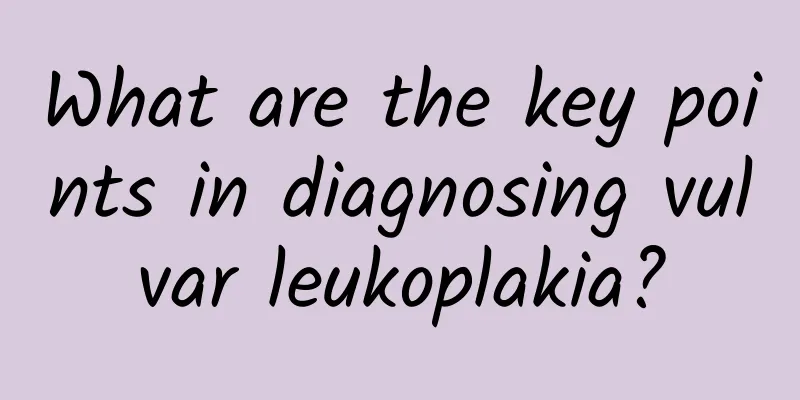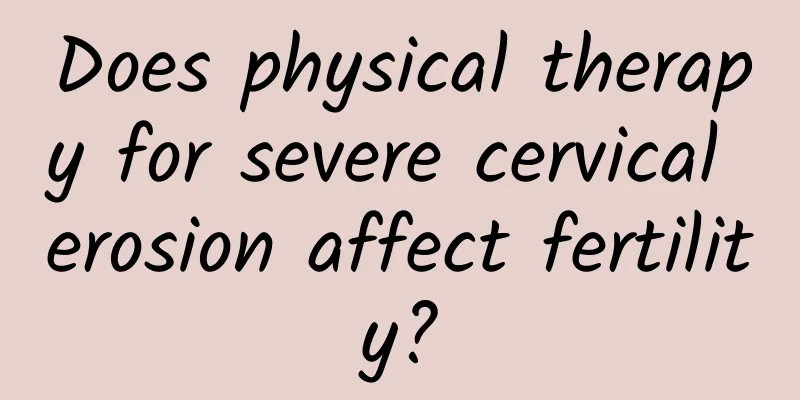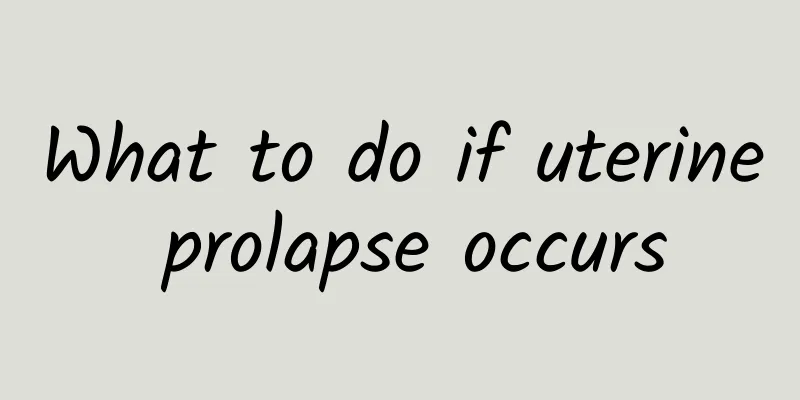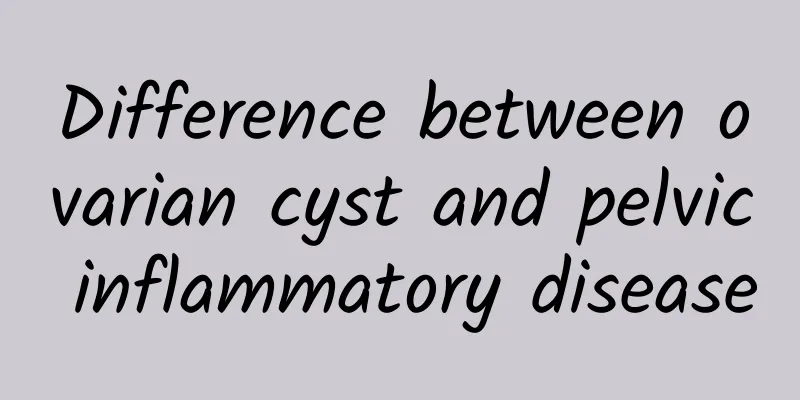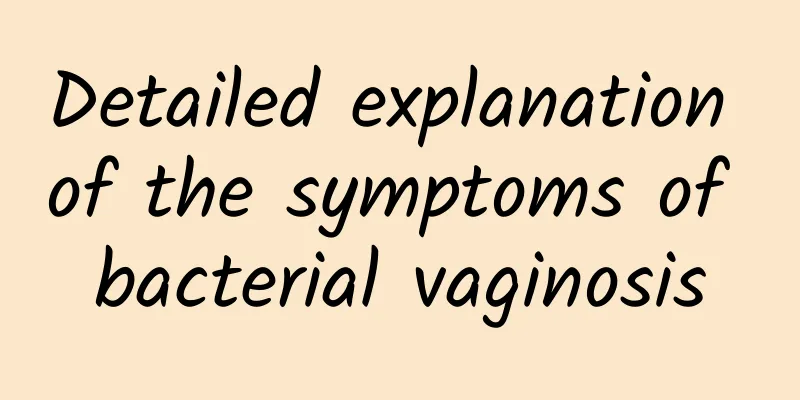How to treat gynecological uterine fibroids? Who are the people who are prone to gynecological uterine fibroids?
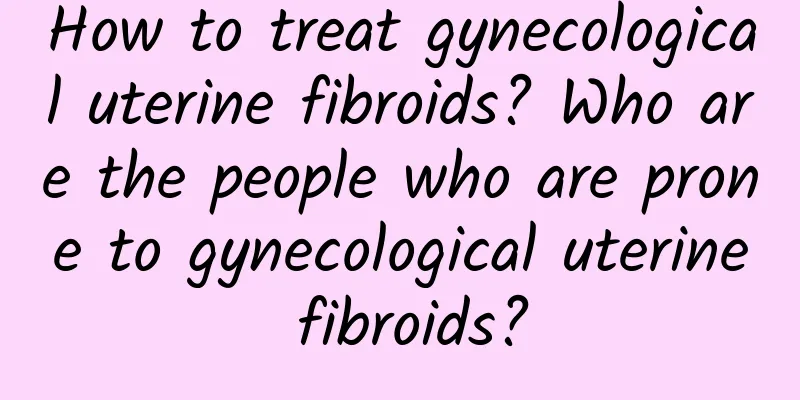
|
Compared with the increasingly comfortable life now, people's physical fitness is getting worse and worse. Gynecological problems also trouble many female friends, among which gynecological uterine fibroids is one of them. So, how to treat gynecological uterine fibroids? What is the susceptible population? With the development of medical technology, there are more and more treatments for uterine fibroids. The main treatments are as follows: 1. Hysteroscopic and laparoscopic treatment: Suitable for various gynecological tumors of 7: cm. Only 3 holes of about 5 mm in size need to be opened in the abdomen. The whole operation process can be visualized, preserving the uterus and fertility. There is no scar, no surgery, fast recovery, no seasonal restrictions for surgery, and the patient can be discharged from the hospital in 3-5 days. 2. Radiofrequency ablation: It is suitable for intramural submucosal fibroids with a diameter of less than 4 cm. It is a less invasive treatment method that can preserve the patient's fertility. It is less painful, has a quick recovery, does not require hospitalization, and can maintain the integrity of the patient's reproductive system. 3. Traditional laparotomy: completely remove the fibroids, suitable for patients with various uterine fibroids who have no surgical contraindications and no fertility requirements. 4. Combination of Chinese and Western Medicine: Suitable for patients with small fibroids or those approaching menopause and clinically asymptomatic. It is a conservative treatment, does not require hospitalization, preserves the uterus, and has a stable therapeutic effect. For the population prone to uterine fibroids, compared with more than ten years ago, uterine fibroids are increasingly favoring middle-aged women in their 30s or 40s, especially infertility, sexual dysfunction and depression. The specific cause of uterine fibroids is not very clear, but excessive hormone secretion is the most common cause of uterine fibroids. The three behavioral patterns of women are the culprits of endocrine disorders and excessive hormone secretion. I hope the above content can help patients and friends in need, and I hope to recover as soon as possible. |
<<: How to treat uterine fibroids? How to use medication for uterine fibroids?
>>: How to treat uterine fibroids? How to take medicine for uterine fibroids
Recommend
VB6 high-fruit and vegetable diet! No burden on body
In recent years, more and more artists have advoc...
What ointment is good for vulvar leukoplakia
What is the best ointment for vulvar leukoplakia?...
Can vaginal candidiasis be cured?
Can't mycotic vaginitis be cured? 1. Candidal...
What are the dangers of vaginitis
Vaginitis is a common lower reproductive tract in...
Can people with uterine fibroids take vitamin C?
Can people with uterine fibroids take vitamin C? ...
Can I drink coconut water if I have ovarian cyst?
Patients with ovarian cysts can usually drink coc...
Detailed analysis of the causes of cervicitis
In recent years, cervicitis is a relatively frequ...
I love eating hotpot and I get acne and constipation... Spicy hotpot, ginger duck, sesame oil chicken, which one has the highest calorie content?
The temperature in winter is like a slide, and th...
What are the prevention methods of cervical erosion?
Among gynecological diseases, cervical erosion is...
What should I do if I have endometrial tuberculosis?
Many friends do not pay attention in their daily ...
4 major causes of adnexitis in unmarried women
Most people think that adnexitis is caused by inf...
There is more than one way to prevent vaginal candidiasis
When you see the words "mycotic vaginitis&qu...
Will cervical erosion affect pregnancy? Women with cervical erosion must know these diseases
Many women still worry whether cervical erosion d...
Patients with vulvar leukoplakia should always pay attention to their symptoms
Vulvar leukoplakia is a common gynecological dise...
TCM Diagnosis of Pelvic Effusion
Pelvic effusion is a common gynecological disease...


